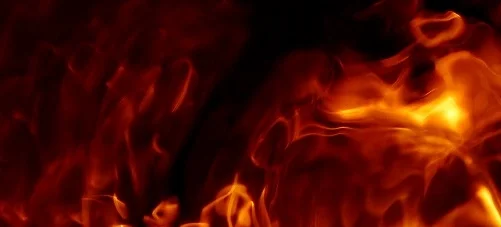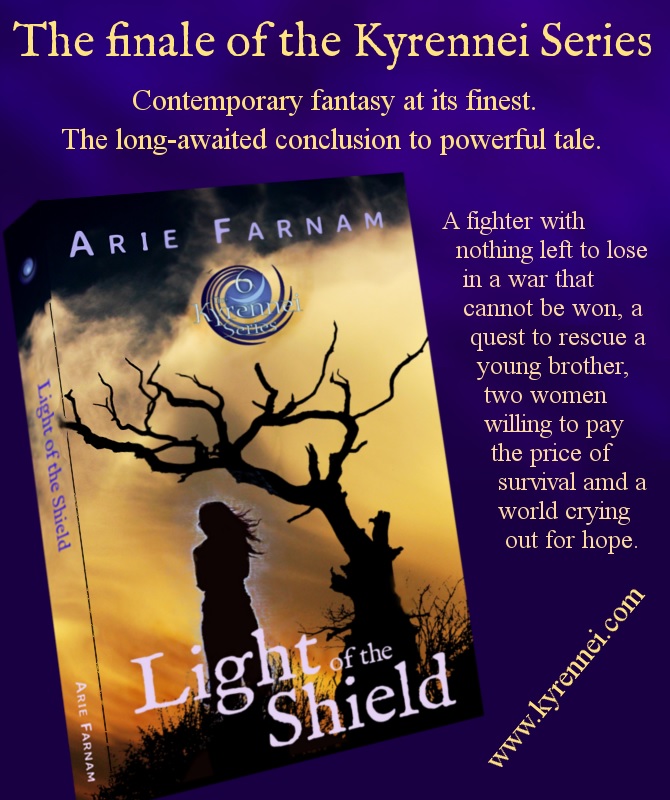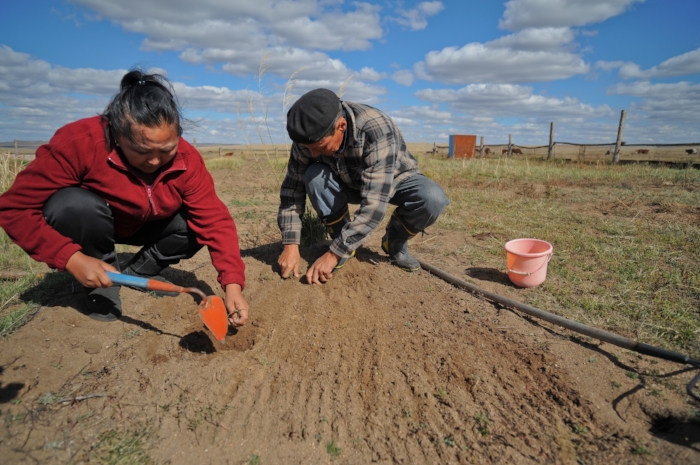The first reason for outrage: Living with climate change
/Your grown children scrape at the rock-hard ground with salvaged hand tools, trying to turn the baked mud. They have realized their dreams and they have professional careers but today—in 2050—everyone has to keep a garden to supplement the limited food they can buy at exorbitant prices.
A torrential flood came through last winter and took away what was left of the homes built in better times. But the water didn’t stay.
When the three-day storm was spent, all that was left was stinking mud on everything—tainted with the bodies of people and animals and with chemical spills. Now the drought has returned with a vengeance. It hasn’t rained in weeks and early spring looks like late summer used to look, at least in the sky.
Creative Commons by Asia Development Bank
There are no trees left. Those were cut long ago for fires and to build makeshift shelters when houses were destroyed by winter floods and summer brush fires. What is left are mostly the hardier sort of weeds. Even if they can plant the seeds they have left, your children won’t see much of a harvest. Just like last year, the insects are the only life that is flourishing and they swarm in clouds that can make breathing difficult on some days.
Even with their career jobs, they need this garden. Your youngest grandchildren—which you may well not be alive to meet, if you were in your twenties in 2018—sit listlessly in the dust beside the garden. The low-nutrient diet and grinding stress of survival takes its toll on both mind and body, especially for the youngest ones. They can barely muster the energy to cry, let alone play. They are wracked by sicknesses that your generation believed banished from your wealthy country forever.
They are still better off than the wretches your children see along the road outside, refugees from the south. Long lines of refugees were something you saw on the news. They are now something your children and grandchildren see on their doorstep and all along the high fences your children built to protect their scrubby garden.
The lines of people trudging by never end and they look like walking skeletons. They don’t beg as much as they used to. By now they know that your children don’t have enough for their own and they go on, hoping against all the facts to find a place with some rain… but not too much rain.
This is what famine and drought look like and it’s what life will likely resemble in 2050 in the US Midwest and Southern Europe, if carbon emissions from coal, gas or oil burning and factory farming continue apace. According to the recent report of the UN’s Intergovernmental Panel on Climate Change, this is the kind of impact we can expect from a 2°C rise in global average temperature, a level we’ll reach by around 2050 if we continue as we are and by 2100 even if we implement the more widely accepted agreements on emissions reduction.
Creative Commons image by Tim J. Keegan
A 2°C temperature rise doesn’t sound bad to many people in northern climates. The problem is that it is an average and it isn’t equally distributed. It also is a lot more drastic than it sounds for the earth’s climate. Even such a small-sounding temperature change would mean widespread drought.
Extreme weather events would hit temperate areas the way they are now hitting desert areas such as the Middle East. The areas hit today will become uninhabitable.
Still many people don’t register the realities of such impacts. Scientists often call out people who predict the collapse of civilization due to climate change. A 2°C temperature rise may be bad but it would probably not mean the complete destruction of modern industrial and consumer society. And most people in wealthy countries will still live, just poorer and shorter lives.
Scientists deal in probabilities and theories. They aren't supposed to look at impacts personally or allow emotion in. That prevents them from extrapolating out what their data would actually mean for their own family as I have done here. And even so, many climate scientists are suffering from clinical levels of anxiety and depression due to their understanding of what is coming and the lack of response from the wider population or the outright denial of many in positions with the power to change it.
If you are over thirty and your children are already half grown, this may be the fate in store for your grandchildren and great grandchildren instead. But he fact still remains, that this is the life we are creating. On paper the predictions don’t sound that bad for people in temperate climates. Most predictions focus on the fact that some more vulnerable areas which are already very hot will become uninhabitable either by flooding or extreme drought. Many people in the equatorial countries may die outright.
But those countries are far from the English-speaking world. And the predictions scientists put forward about us sound dry and theoretical. “Decreases in crop yields, increases in pest infestations and extreme weather events, increases in disease, spreading drought in certain areas and increases in coastal flooding.”
If you have never been bothered by any of these things and do not currently raise food from the land, it all sounds distant and like someone else’s problem. Many people assume it will simply mean that food is more expensive. But I have spent a fair amount of time in countries where this type of weather is common today, the countries likely to be hit hardest and earliest by climate change, such as Bangladesh. The weather that scientists predict for much of the American west and the Midwest and for large parts of Central Europe is the weather these vulnerable places already have and their dismal economic realities may be a crystal ball in which we can see our own future.
Creative Commons image by Tavis Ford
Food is likely to become so expensive that many more people will have to be engaged in growing or attempting to grow food, even if it is only to supplement what they can buy.
The lackadaisical view of climate change so common in society today isn’t really surprising. On the one hand, we have dry predictions which give little indication of the wrenching realities they factually describe.
On the other hand, there are the more fictionalized predictions of the collapse of civilization as we know it and the death of whole swaths of the population.
One sounds incremental and abstract. The other is easy to dismiss as unrealistic and if it were actually likely, many people would decide it’s better to live with all comforts now than struggle to be one of the few miserable survivors in such a world. Better to die quickly is the trendy, distanced logic, so why try to fight it if we’re doomed anyway?
But neither of these is a real depiction of what climate change means for us and our families. The reality isn’t total annihilation and neither is it merely a matter of higher prices. It means a lot of real hardship and heartbreak. Life will go on unless global average temperatures reach the 4°-5°C-above-pre-industrial-temperatures range. But it will be a much harder life than it needs to be.
Climate change is currently the umpteenth reason for outrage. Many of us are so exhausted by poverty, discrimination, racism, sexual assault, war, ableism, denial of health care, general bullying and immediate environmental pollution that climate change gets put on the back burner or at least low on the activist’s list of grievances.
It should be the first reason for outrage and the rallying cry. Climate change effects everyone and it is the thing that across all underprivileged groups we have contributed to least but which harms us most. It is caused only slightly by individual actions and more by corporations and heavy industry. It is the most essential injustice and those who will suffer most from it are those who have no voice at all—small children and those not yet born.
At the new moon, I will paint another word picture about climate change—this time about the sort of effort and lifestyle it would take to prevent this level of climate change. Outrage is necessary and so is hope.














